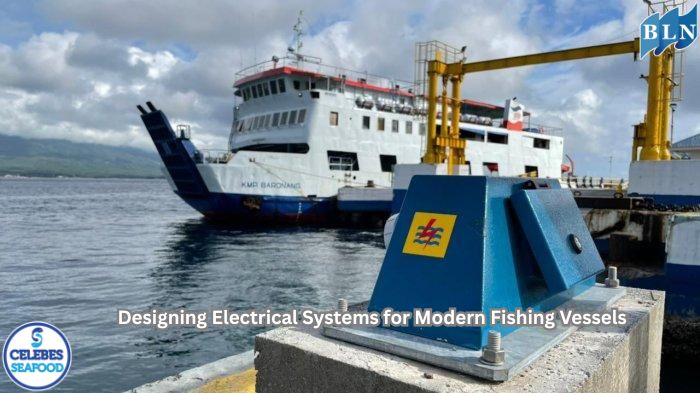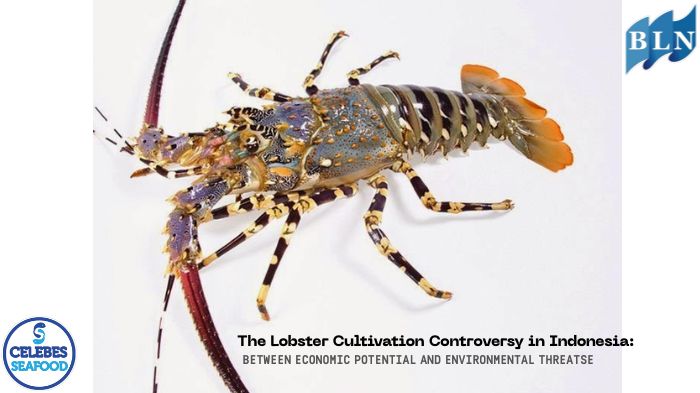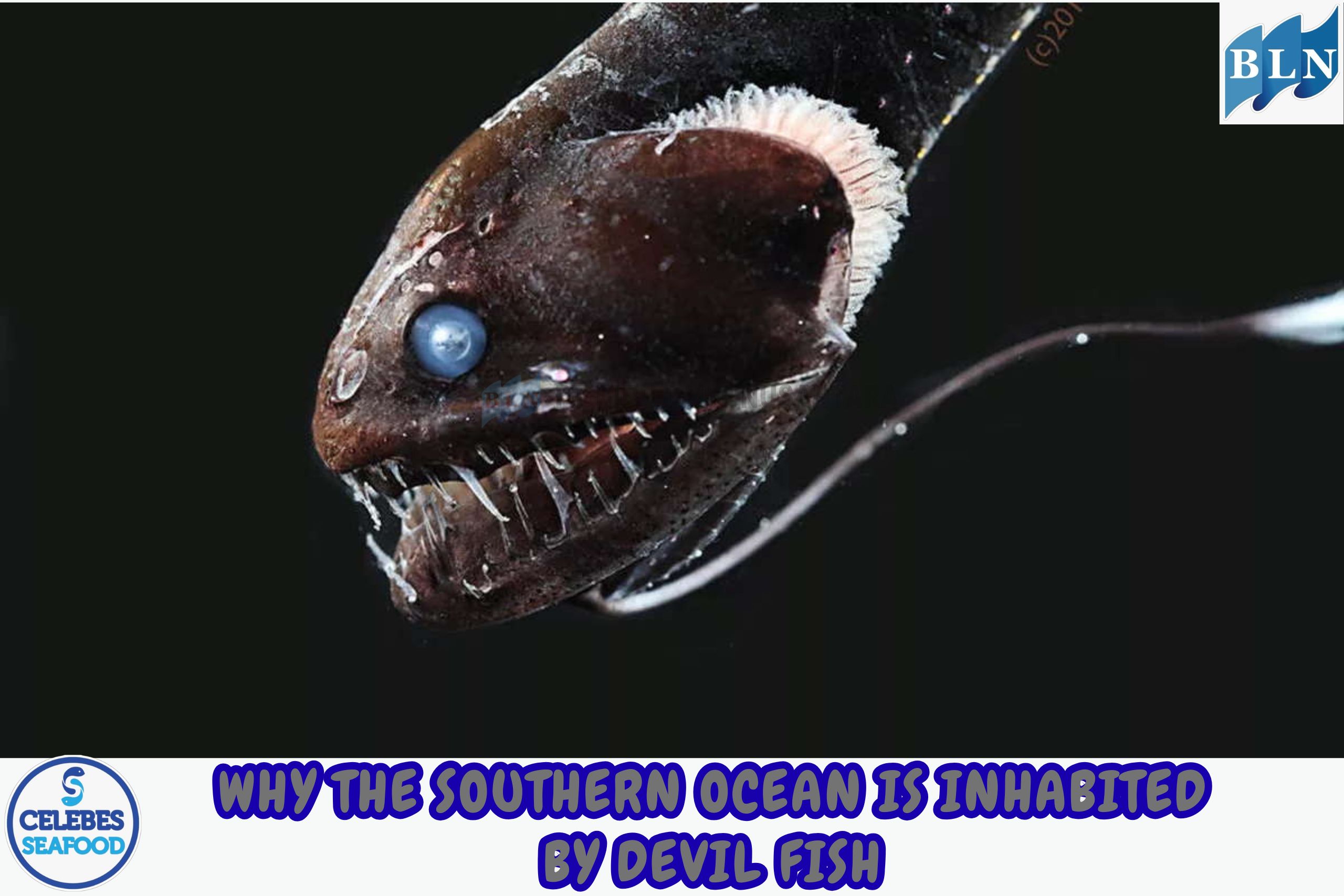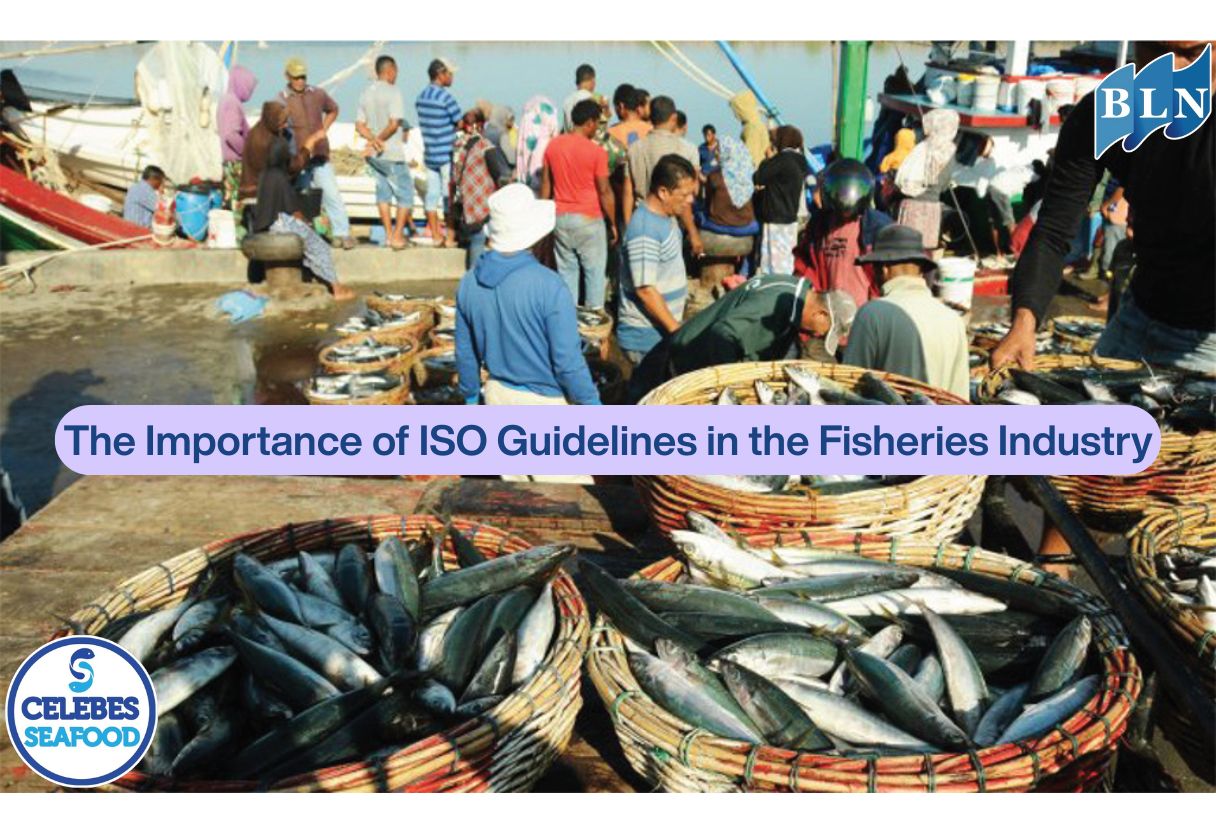Designing Electrical Systems for Modern Fishing Vessels: The Foundation for Reliable and Efficient Operations
By. Tri - 17 May 2025
lautnusantara.com_ Modern fishing vessels are no longer just transportation for catching fish. They are sophisticated technological platforms equipped with various electronic and mechanical systems to enhance efficiency, safety, and operational comfort. At the heart of all these systems lies a reliable and well-planned electrical installation. This article will review the crucial aspects of designing electrical systems for modern fishing vessels, highlighting the unique challenges and innovative solutions relevant to the demands of today's fishing industry.
Challenges of the Marine Environment and Fishing Vessel Operations
Designing electrical systems for fishing vessels presents different challenges compared to land-based installations. The harsh marine environment, with high humidity, corrosive saltwater spray, constant vibrations, and the potential for extreme shocks, demands the meticulous selection of materials and installation methods. Furthermore, the varying power needs between sailing, fishing operations, and docking require flexible and efficient planning.
Fundamental Principles of Designing Electrical Systems for Modern Fishing Vessels
Effective electrical system design for modern fishing vessels is based on several key principles:
- Safety as the Top Priority: The system must be designed and installed in accordance with applicable international and national maritime safety standards. This includes the use of protective devices such as circuit breakers, fuses, effective grounding, and residual current devices (RCDs or RCCBs) to prevent the risk of electric shock and fire.
- Reliability and Durability: The selected components and materials must withstand the harsh marine environment. The use of marine-grade cables with robust and corrosion-resistant insulation, as well as electrical equipment with appropriate ingress protection (IP) ratings, is crucial for ensuring long-term reliability.
- Energy Efficiency: With rising fuel costs, energy efficiency is a critical consideration. Selecting energy-efficient equipment, utilizing smart control systems, and potentially integrating alternative energy sources can significantly reduce operational expenses.
- Flexibility and Scalability: The system should be designed to accommodate current power needs and the potential addition of equipment in the future. Modularity in design can facilitate maintenance, repairs, and system upgrades.
- Ease of Maintenance: Accessibility to electrical components for inspection and routine maintenance should be considered in the installation layout. Complete and clear system documentation is also essential.
Main Components of Modern Fishing Vessel Electrical Systems
The electrical system of a modern fishing vessel generally consists of several main components:
- Primary Power Source: Typically diesel generators that produce AC electrical power. The generator capacity must be adjusted to the total power requirements of the vessel during full operation.
- Emergency Power Source: Batteries and an emergency generator are necessary to provide power for vital systems such as navigation lights, communication, and fire alarms in case of primary power failure.
- Main and Branch Distribution Panels: These distribute electrical power to various systems and equipment on the vessel. Panels must be equipped with appropriate protective devices for each circuit.
- Wiring System: The network of cables connecting the power sources to various electrical loads. The selection of cable type and size must be appropriate for the current being carried and the environmental conditions.
- Lighting System: Includes navigation lights, deck working lights, interior lighting, and emergency lighting. The use of LED technology is increasingly popular due to its energy efficiency and longer lifespan.
- Navigation and Communication Systems: Equipment such as radar, sonar, GPS, VHF radio, and satellite communication systems require a stable and reliable power source.
- Control and Automation Systems: More and more modern vessels are equipped with centralized control systems to monitor and control various functions, including electrical systems, machinery, and fishing gear.
- Refrigeration and Freezing Systems: To maintain the quality of the catch, electrically powered refrigeration and freezing systems are essential components.
- Other Auxiliary Equipment: Hydraulic pumps for fishing gear, winches, and galley equipment also require electrical power.
Trends and Innovations in Fishing Vessel Electrical Systems
Several trends and innovations are increasingly being implemented in the design of electrical systems for modern fishing vessels, including:
- Use of Renewable Energy: Integrating solar panels and wind turbines to reduce reliance on fossil fuels and carbon emissions.
- Energy Storage Systems (Batteries): Utilizing lithium-ion batteries to store energy from generators or renewable sources, allowing for quieter and more efficient operation during low peak load periods.
- Digitalization and IoT: Implementing sensors and remote monitoring systems to track the performance of electrical systems, detect potential problems early, and optimize energy usage.
- Smart Power Management Systems: Using software and automated controls to manage power distribution efficiently based on current operational needs.
- Use of Electric Motors for Propulsion: Although still in the development and wider adoption phase, electric motors as the main propulsion offer the potential to reduce emissions and noise.
Designing electrical systems for modern fishing vessels is a complex and multidisciplinary task. Understanding the environmental and operational challenges, applying sound design principles, selecting appropriate components, and adopting technological innovations are key to creating systems that are safe, reliable, efficient, and sustainable. Investing in a well-thought-out electrical system design will significantly contribute to operational effectiveness, crew safety, and the sustainability of the fishing business in the modern era.
If you are interested in our Coral Trout Fillet Skin On, CORAL TROUT WGG WHOLE GILLED GUTTED, TOMATO COD WHOLE GILLED GUTTED please do not hesitate to contact us through email and/or whatsapp.








